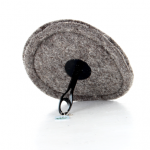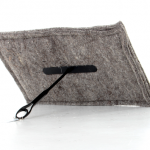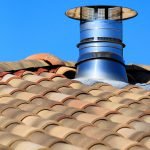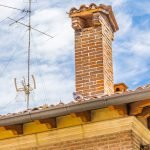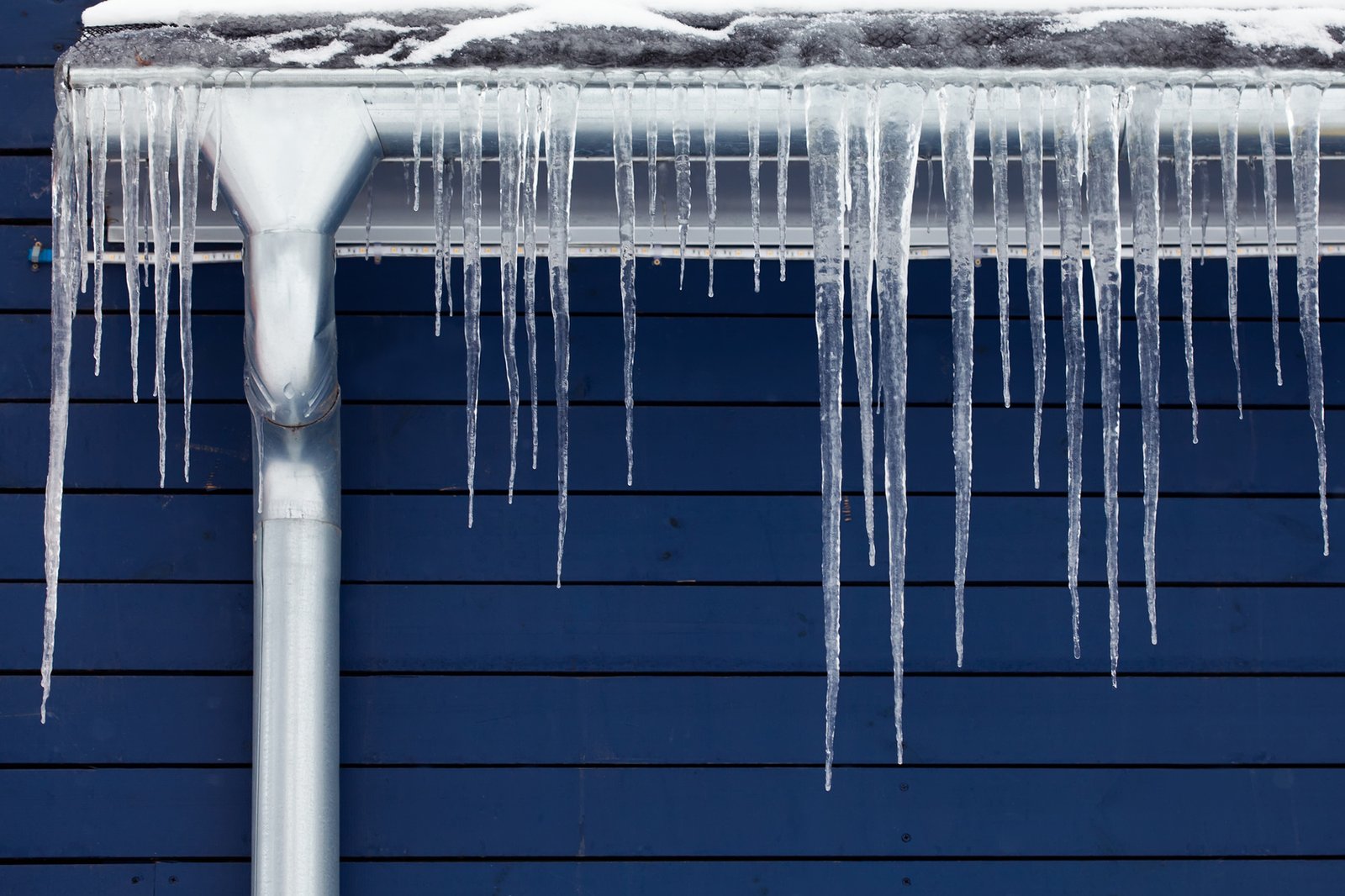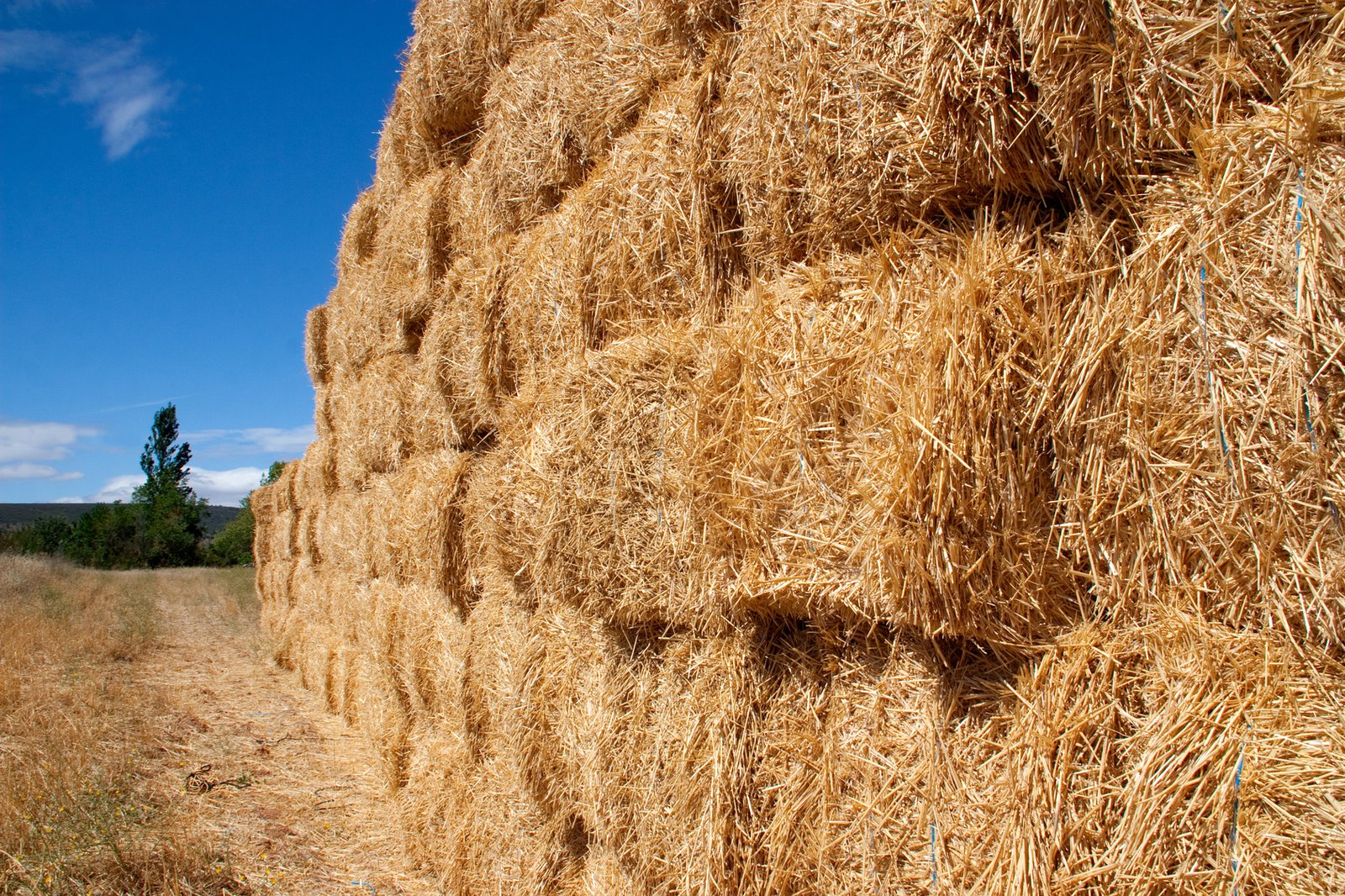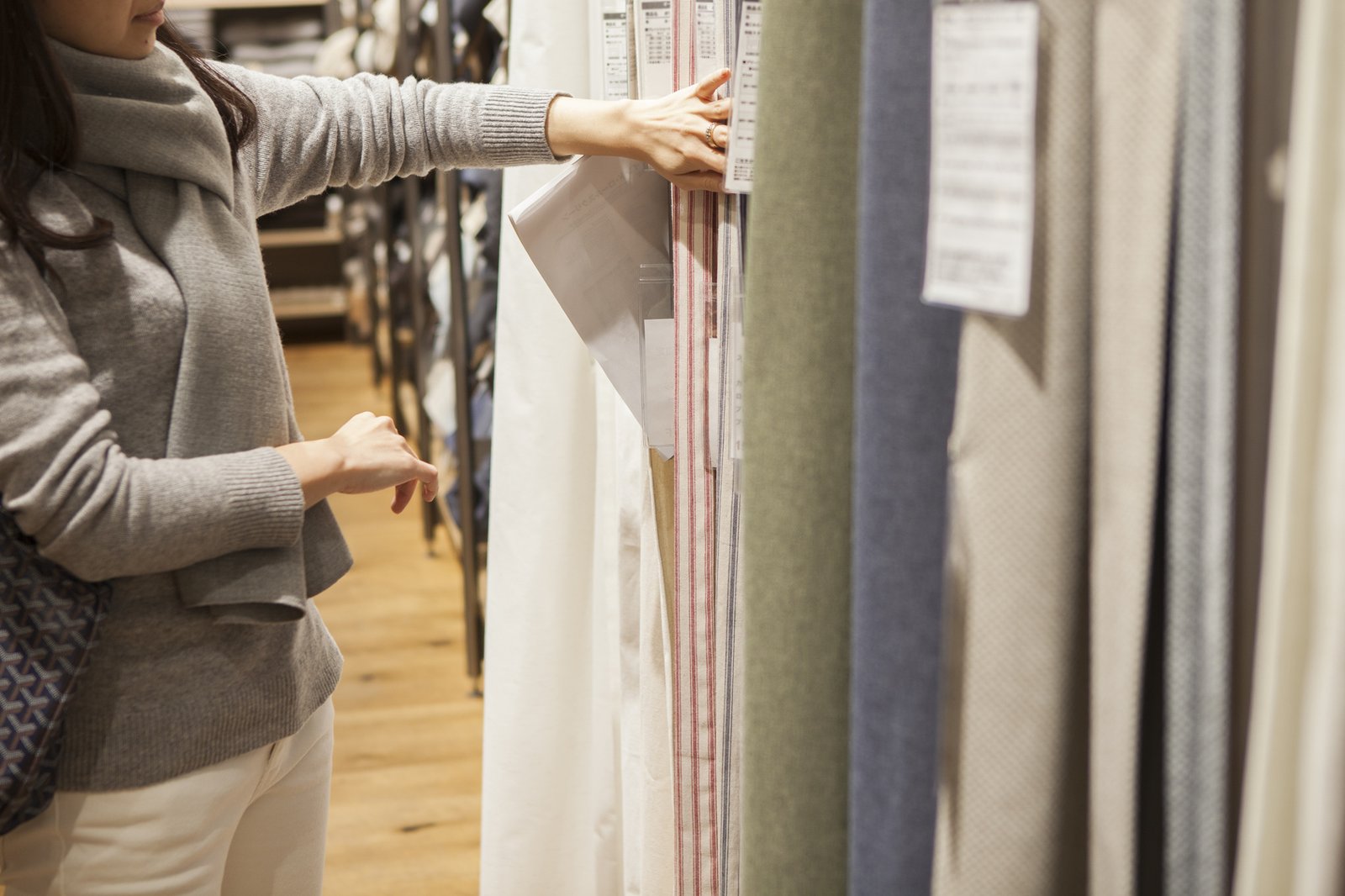Stop losing heat through your chimneys
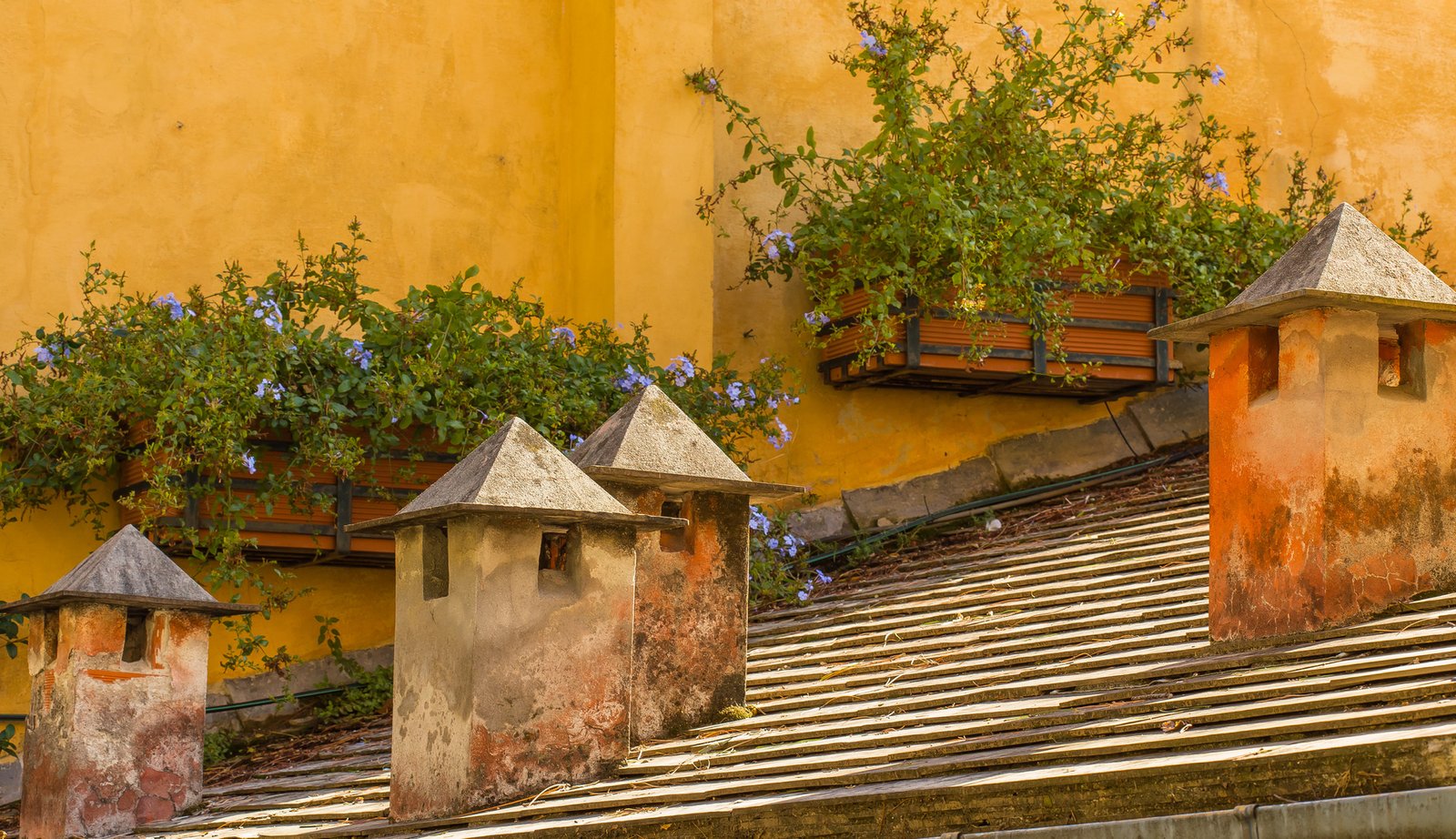
Everybody would agree that a fireplace is a lovely feature to have in a home. They look beautiful and when in use provide warmth and comfort. However, if you live in an old house with chimneys that you never use they could be doing the opposite and cooling your home.

Chimneys are designed to naturally draw air up and remove it from the building. When the fire is lit this is necessary as hot gases and fumes need to be eliminated. Nowadays, the majority of chimneys are obsolete as homes are provided with central heating systems but they continue to have the same properties, only in this case they will drag all the precious warm air created by your heating system out of your home. While the warm air escapes through the top, the pressure created will also drag cold outside air into your home via any cracks in windows, doors, and the structure in general. On windy days, cold air can also move directly down the chimney and enter the home.
You may want to keep your fireplace because you think it is a beautiful feature to have, you intend to use it occasionally or because you are renting your place and cannot do any major refurbishment. Additionally, it may be a good idea to keep it because in summer it can act as a wind catcher and help ventilate and cool your home. But you don’t need to pay any more on your bills or feel uncomfortable in your home because of that. There are some simple measures you can take to eliminate these problems.
Chimney Balloons
Chimney balloons are one of the easiest and cheapest ways to block up your chimney. These are essentially balloons made of thick plastic and available in different sizes to fit your chimney’s internal dimensions. They should be positioned at the throat of the chimney and then inflated until they are held in place. The balloons should still let a little airflow pass as this is necessary to ventilate the chimney and avoid damp so be careful not to block the chimney completely.

Balloons can be kept in place for as long as you are not lighting any fire but if you need to use the fireplace make sure to deflate and remove them beforehand. They will melt if left in place accidentally! They can then be stored and used again when needed.
Sheep’s wool draught excluder
This is another simple but more sustainable alternative to plastic balloons as it is made of 100% natural sheep’s wool rather than fossil fuel compounds. It is basically a wool felt pad which can come in a square or round shape. It should be slightly bigger than the flue so it fits the sides and holds itself in place. It comes with a handle to help you place it and remove it when you need to light the fire.
Chimney Dampers
Dampers are a slightly more expensive alternative to the ones above but are also very effective in stopping draughts. They are usually made of metal and have a flap that can be opened and closed by using a handle. Because of their ability to be opened, they can be permanently fixed to your chimney and then operated according to need. Again, they should not block your flue completely as a minimum amount of ventilation is needed to avoid damp.
Chimney caps
As a complement to any of the options above you should install a chimney cap at the top of your chimney. This cap should never block the top completely, on the contrary, it should be a ventilated cap. This will block any rainwater ingress as well as any undesirable animal waste and debris while allowing ventilation through. If you close the top of your chimney completely condensation will form inside it and water droplets will run down to the bottom!
Fireplaces are lovely and give a very appealing look to classic homes while providing warmth. However, when not in use they can cool your home and create very uncomfortable draughts. Use some of the tips above to stop this from happening and Green it yourself…Now!
Do you have chimneys in your home and have one of the methods above to eliminate draughts? Have you used a different method? Let us know on the comments below!
External image sources: chimney balloon, sheep’s wool draught excluder

